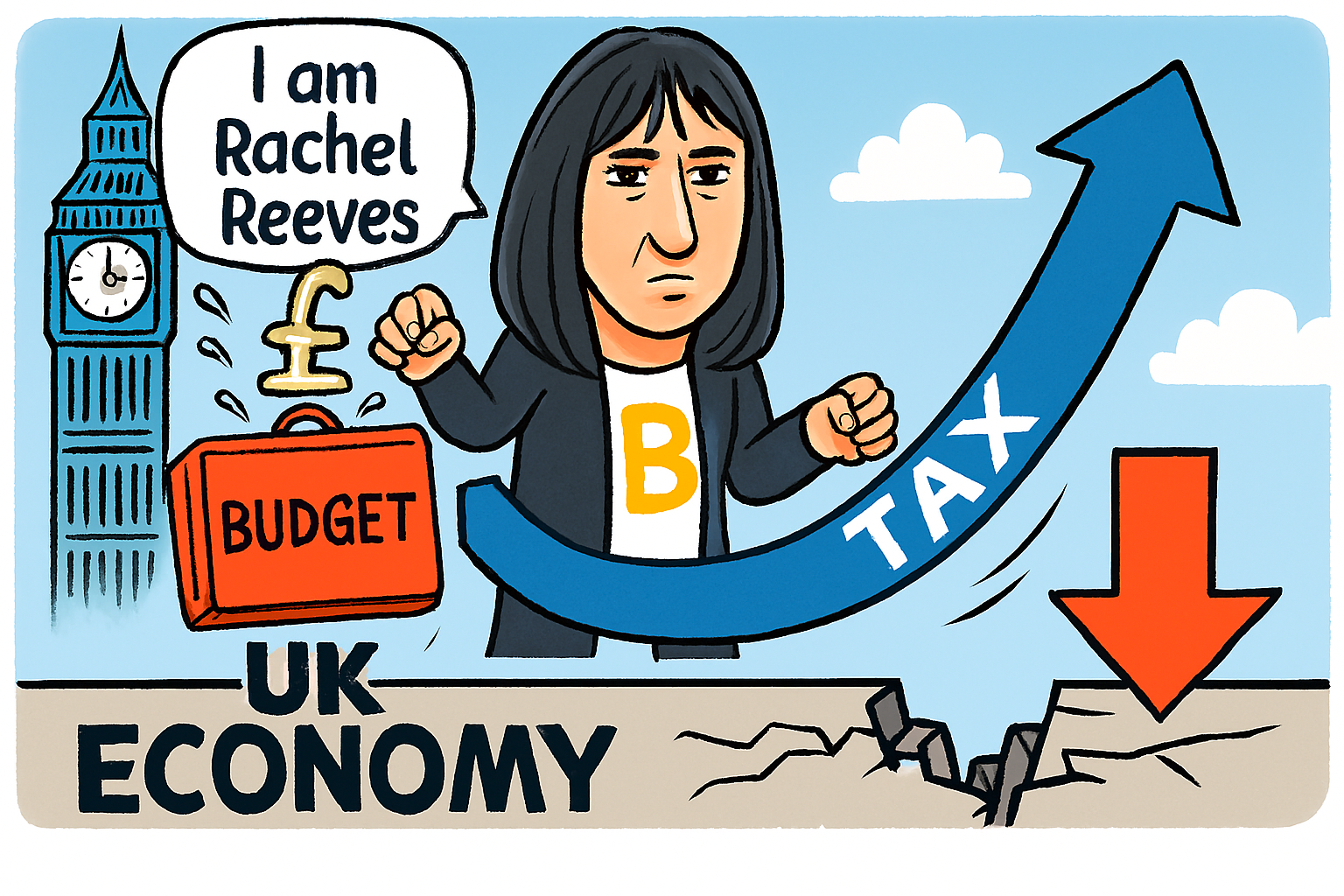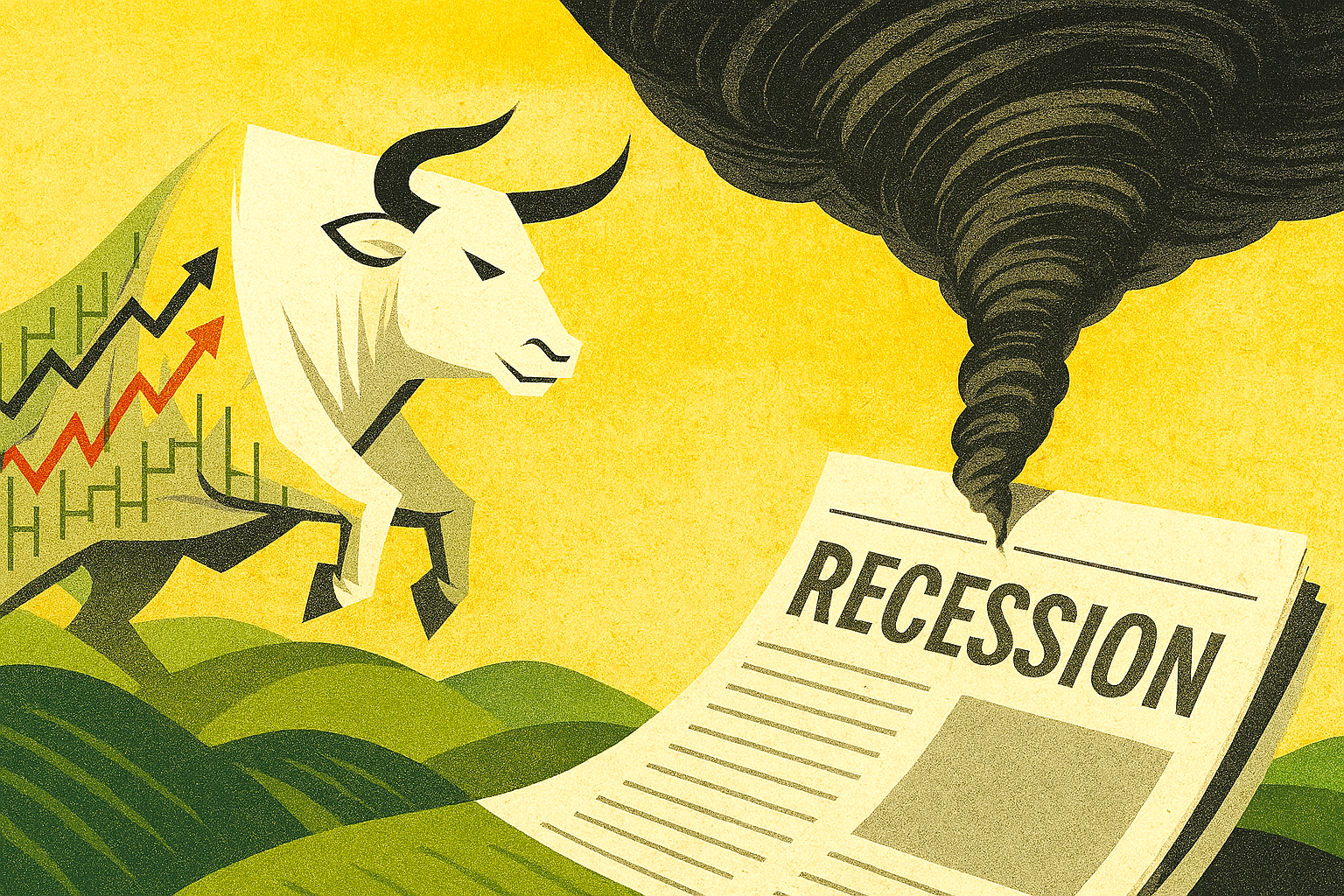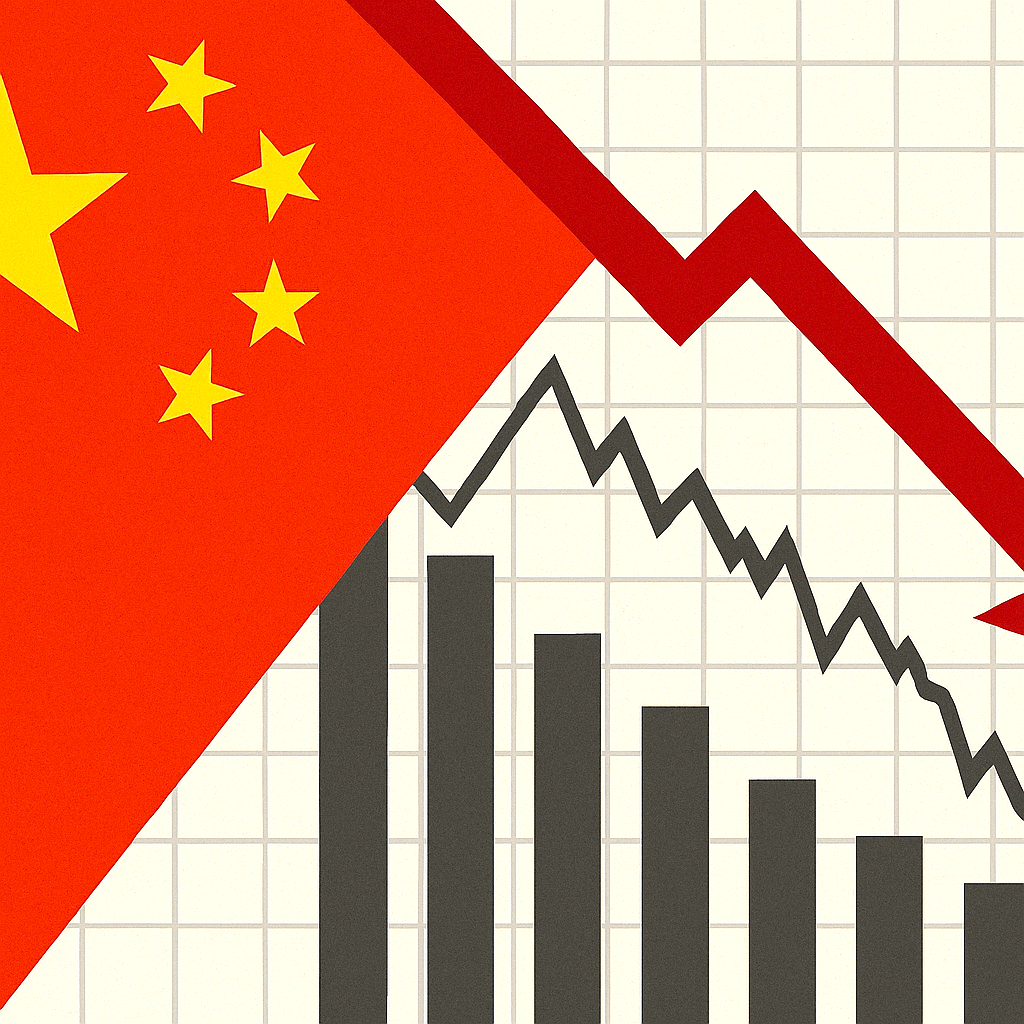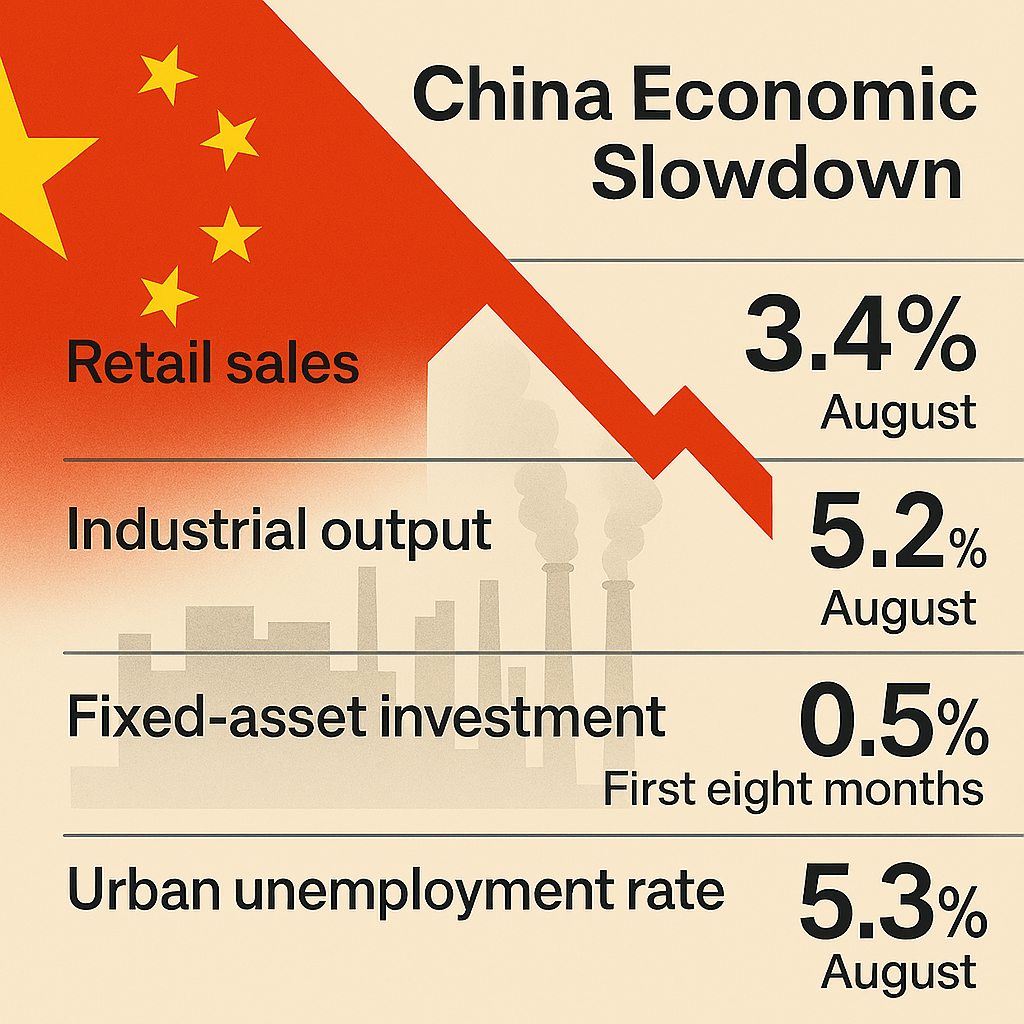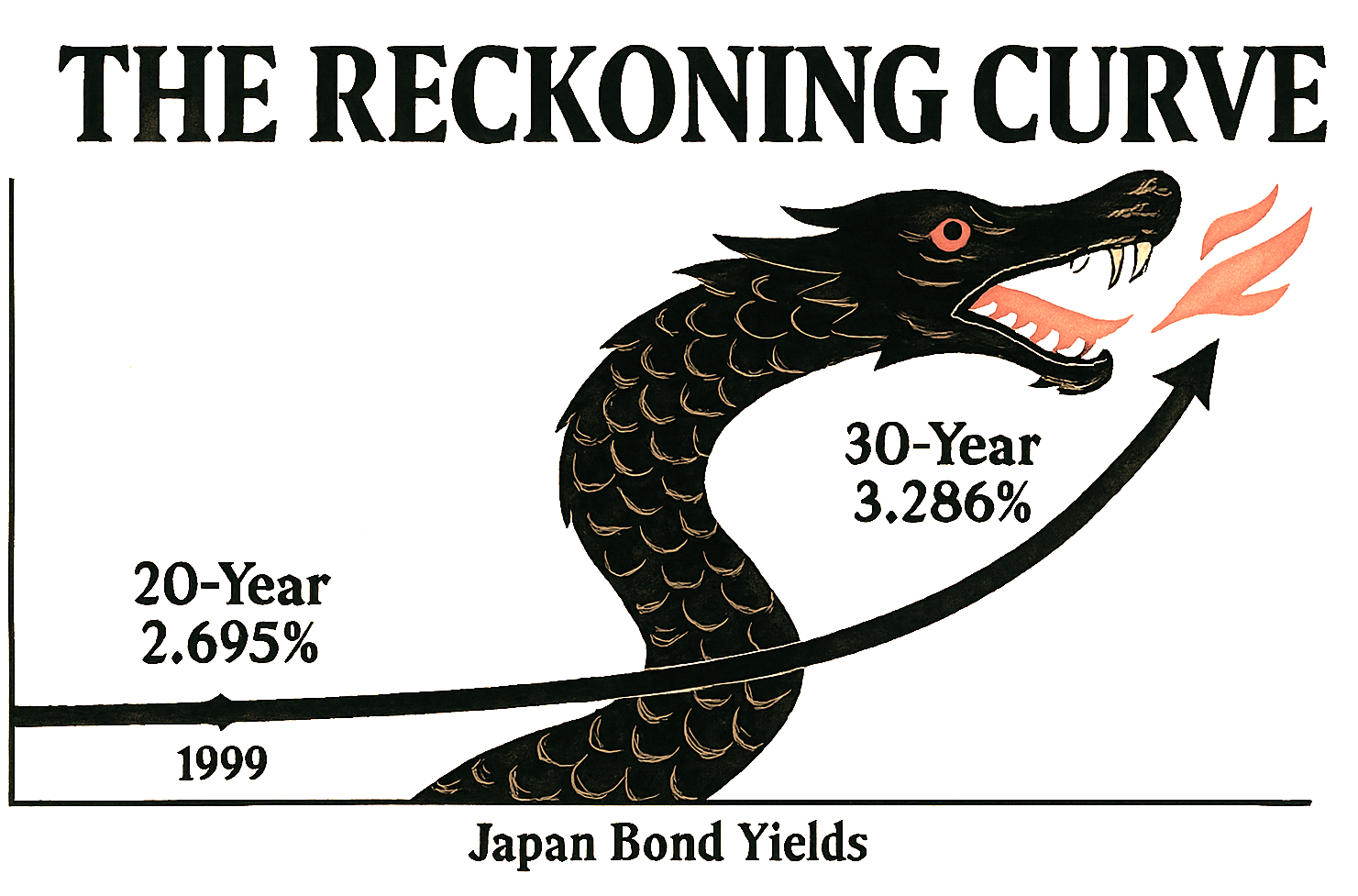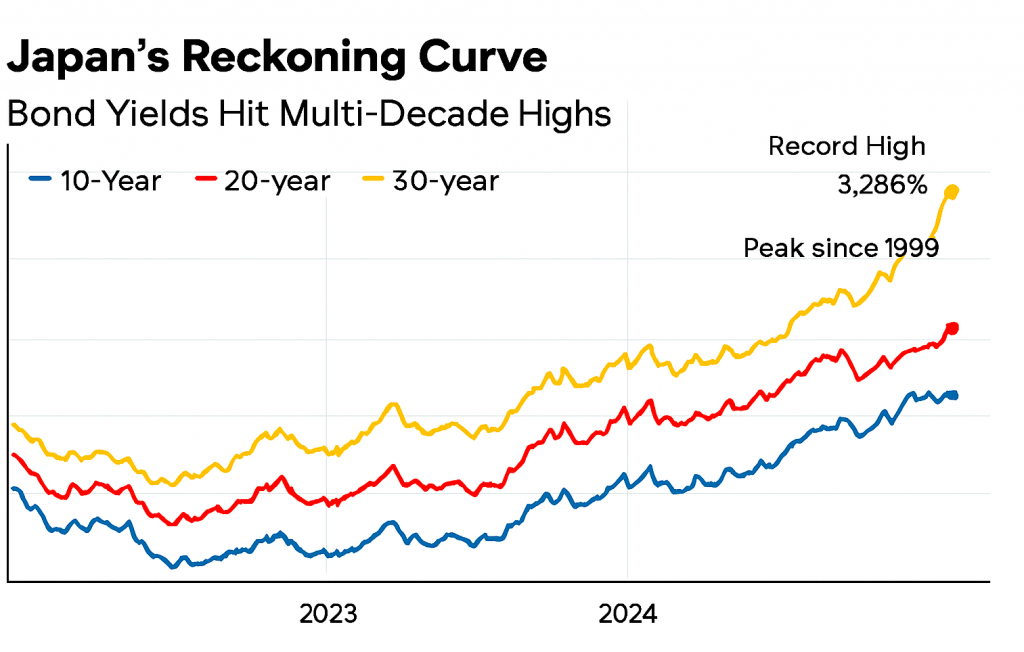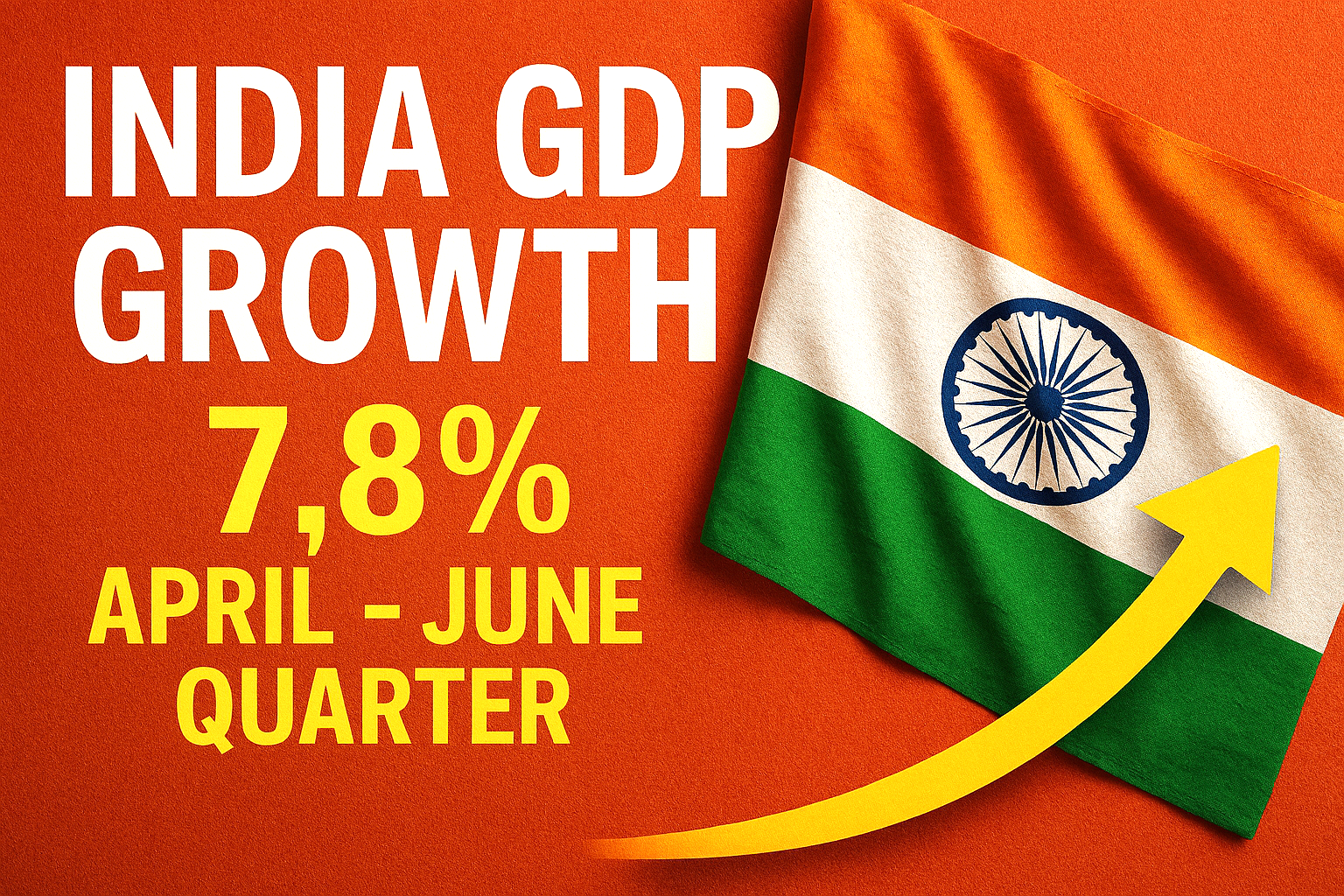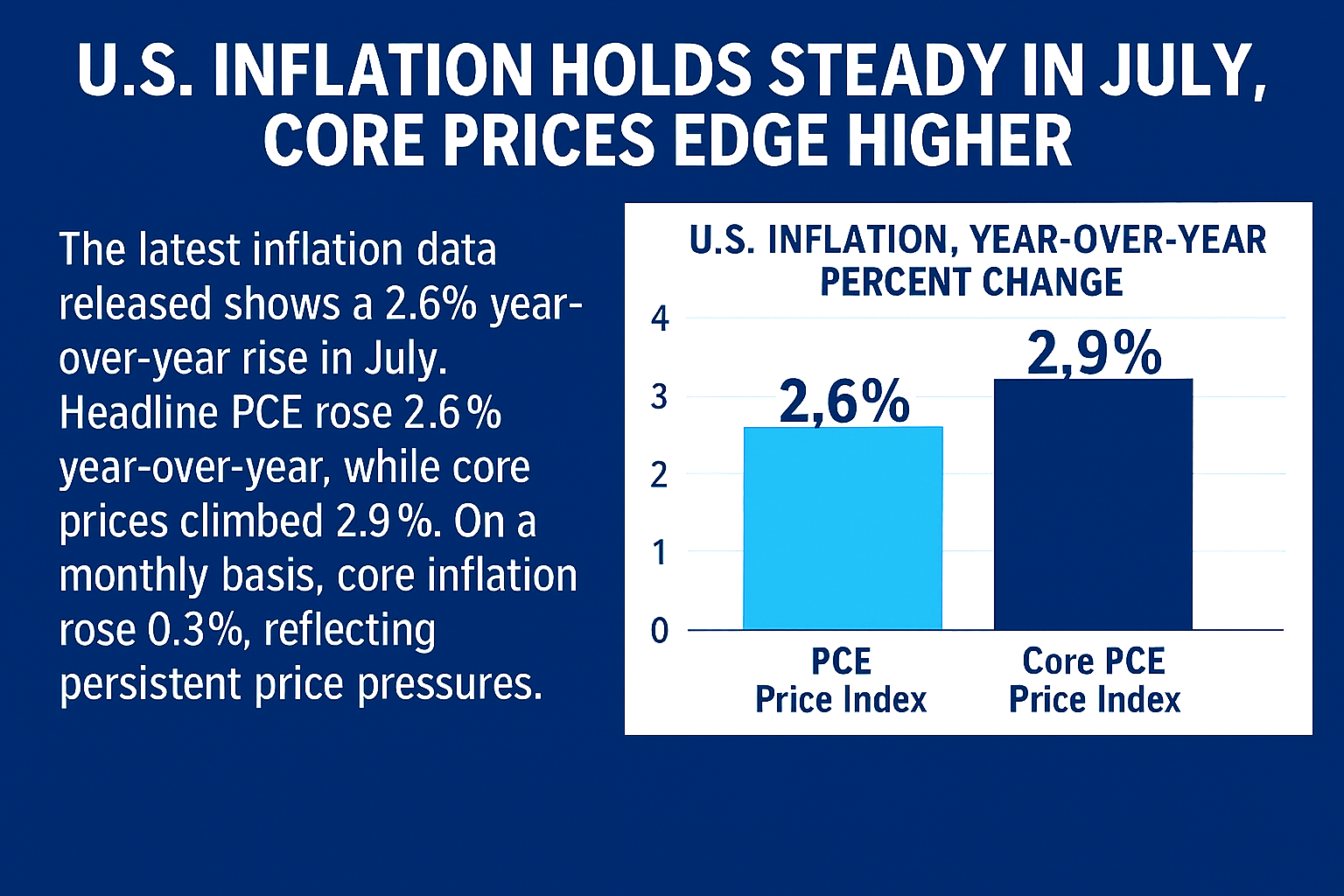China’s industrial sector roared back to life in September, posting a 21.6% year-on-year increase in profits— reportedly the sharpest monthly gain in approximately two years.
The rebound offers a glimmer of optimism for the world’s second-largest economy, which has been grappling with sluggish domestic demand and a challenging global trade environment.
According to data released by China’s National Bureau of Statistics, the profit growth was broad-based, reportedly with 30 out of 41 major industrial sectors returning gains.
Key areas
Key contributors included the equipment manufacturing and automotive industries, both of which benefited from policy support and a modest uptick in consumer sentiment.
Analysts reportedly suggest the surge reflects a combination of easing input costs, improved factory output, and a low base effect from the previous year.
However, they caution that the momentum may not be sustainable without deeper structural reforms and stronger domestic consumption.
The September figures follow a 17.2% rise in August, indicating a tentative recovery trend after months of contraction earlier in the year.
Up but down
Still, cumulative profits for the first nine months of 2025 reportedly remain down 9% compared to the same period last year, underscoring the uneven nature of the recovery.
Beijing has recently stepped up efforts to stabilise the economy, including targeted fiscal stimulus and measures to support private enterprise.
Whether these gains can be sustained into the final quarter remains to be seen, but for now, September’s data offers a rare bright spot in an otherwise subdued industrial landscape.



